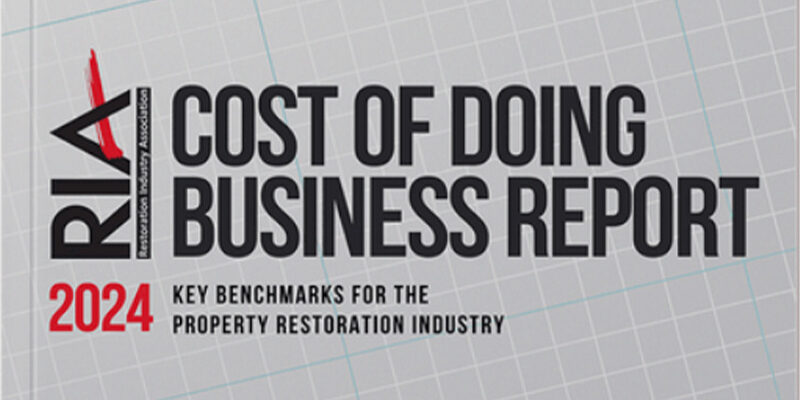Online Learning: The New Normal

By Brant Insero
The months of February and March started a major shift for educators in the United States, whether they were prepared for it or not. State by state, schools and universities began sending their students home and closing their doors. Students and faculty were faced with an uncertain future while the government tried to keep people calm as a major pandemic caused the entire education profession to shift to online learning and webinar-style content delivery.
Vocational training and certification programs are quickly being woven into the online learning world as well, so this is the perfect time to understand the various types of web-based learning programs that exist and how you can effectively use them in your business now.
As a business owner, one of your most important resources is your people, but your team is only as strong as the training and education you’ve provided for them. Without consistently updated training, your company could face:
- Increased liability,
- Increased employee turnover,
- Increased asset damage,
- Increased productivity costs.
One challenge to obtaining training for all your employees is often time, but online learning makes it easier to obtain training on your own schedule and without the added time and expense of travel. And if your company is experiencing a slowdown due to the pandemic, now may be the perfect time to ensure that your team is well educated and certified in the programs that are going to help your company become even more successful. If you are a presenter, or if you provide in-house training to your employees, this is a good time to improve your skills in presenting through an online format.
The sudden shift to online learning may have been a response to a temporary problem, but it is likely to have a permanent impact on training and education programs throughout the industry. Let’s look at the different programs available, tips for engaging in the world of online learning as we know it today, and what to expect for the future.
Webinars
Webinars are seminars or sessions that are produced and delivered over the internet. Webinars can be hosted by a single moderator or presenter or by multiple people. Webinars started to find their way into the workplace in the late 1990s and have since become one of the most popular methods to deliver content for educators around the world. Webinars are often confused with online courses, but they are simply opportunities to listen to content delivered online.
Pros:
- You can host thousands of individuals on a single webinar, reaching a massive audience at one time.
- Webinars provide the ability to have a visual representation of the content while a person is speaking.
- Many viewers of webinars appreciate a raw user experience that shows the authenticity and vulnerability of the speaker.
Cons:
- Webinars are meant for speaking at people and not having a strong interactive experience.
- For a professional webinar, a lot of prep time is needed as well as a quiet area to deliver the experience for the viewers.
- Immediate interaction is difficult.
Tips:
- If you are the presenter, keep webinars extremely short and to the point. Eliminate any “fluff” or unnecessary content that is not relevant to the task at hand for the viewer.
- Always reward your employees for attending webinars with continuing education credits and measure their success. Adults like to be competitive and show their work.
Asynchronous online courses
As more companies move to online learning, most often found are prerecorded, prebuilt courses that are self-paced. This means that the learner or employee will take the course at their own pace during the allocated time set by an employer for the learning experience. These are different from live webinars that are moderated or have speakers presenting live to an audience. Webinars can be converted into a course or multiple courses.
Pros:
- Employers can manage the learning experience for their team through a Learning Management System.
- The learning can easily be data driven by quality checks within the facility or organization. If you see trends in outcomes from your workforce, you can focus the learning on those topics.
- Courses can be created as a very interactive user experience including quizzes, knowledge checks, click and drags, and videos.
Cons:
- Building a course is time consuming and can cost an exorbitant amount of money depending on the complexity of the course.
- You will need access to subject matter experts that can work in tandem to create the course.
Tips:
- Consider both micro and macro learning experiences for your courses. Attention spans are short, and you should not overload your employees with numerous long courses.
- As a presenter, put your courses into a “preventative maintenance” schedule to ensure that all your content is updated on a consistent basis and meets any standards that it should.
Synchronous online courses
Synchronous courses are a style of online learning in which the instructor is live with students on the same platform at the same time. This is meant to be very interactive, allowing students to ask questions or even take performance-based tests. This type of online learning blended with asynchronous courses is a great way to achieve success with vocational training programs.
Pros:
- Provides an enhanced user experience and keeps individuals in a social setting using technology.
- Instructors can see any “hands-on” tasks that might need to be completed to achieve certification or credentials.
Cons:
- Students must meet on the platform at a specific time and can’t study at their own pace.
- There is no ability to perfect a presentation through recording which can cause anxiety if the speaker is not prepped.
Tips:
- Begin blending asynchronous and synchronous courses together. Interaction and proof of concept on any vocational skillset is extremely important.
- For presenters, purchase high-level equipment and confirm that you have a strong internet connection that will not be compromised during your session with the attendees.
The future of online learning
After the pandemic fades and people regain confidence in their daily routines, in-person training will make a comeback as people crave physical workshops and seminars; however, the new reality is that online learning has changed the game forever. Any company or individual can find content online for free, but you must be able to trust the source and the quality of the content to leverage it for your team’s success.
Moving forward both in education and vocational studies, the landscape of online learning will become more dynamic and competitive, and costs will become lower to purchase any online course. In higher education, we are already starting to see universities compete heavily and drive price points down for online courses. If you are a presenter, you must set yourself apart from the competition.
Tips:
- Partner with online learning providers that provide globally recognized certifications and credentials.
- Partner with online learning providers that can capture your company’s specific needs and cater the work to your demands.
Technology exists today that allows your employees to use their cell phones while cleaning or restoring a location to simply “click” a pre-mounted tag that monitors the work they have performed, identifies if the person is certified, and provides any current education or protocols that are needed. As our industry embraces these new technologies, becoming ever more data driven, the demand for instant, anywhere access to online training protocols is likely to grow much faster than ever before.
Brant Insero is the director of education, training, certification, and standards for ISSA. He can be reached at [email protected].












